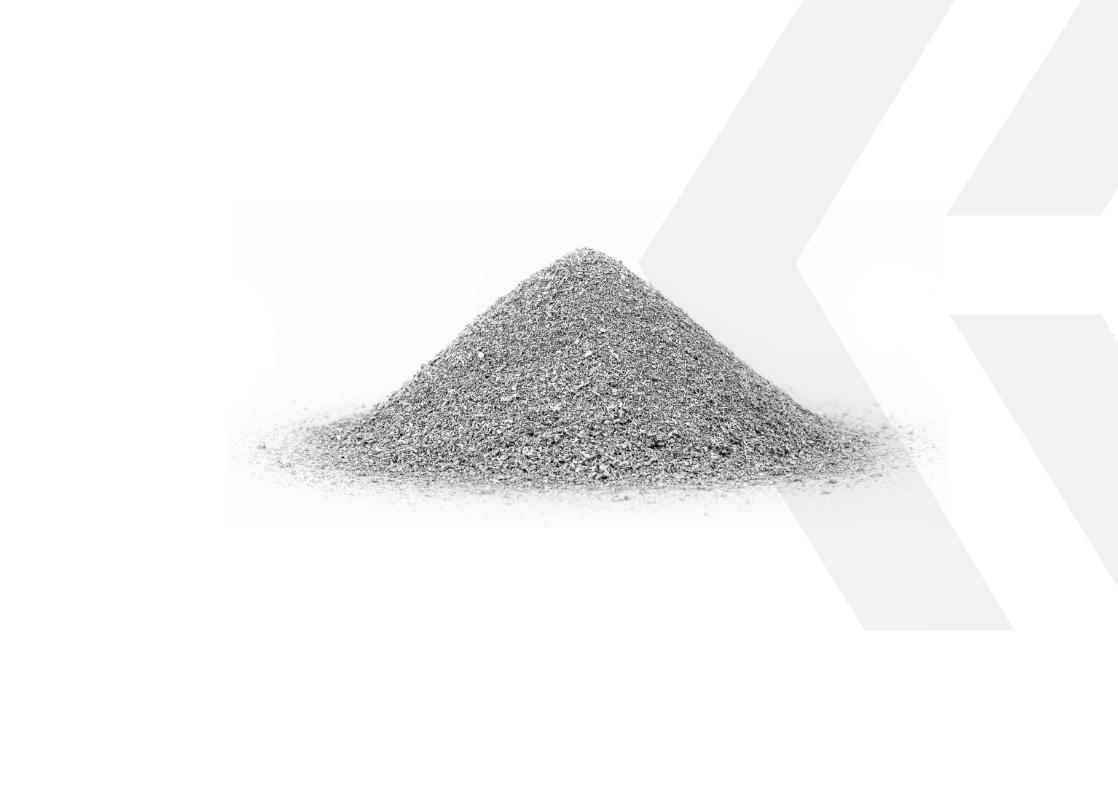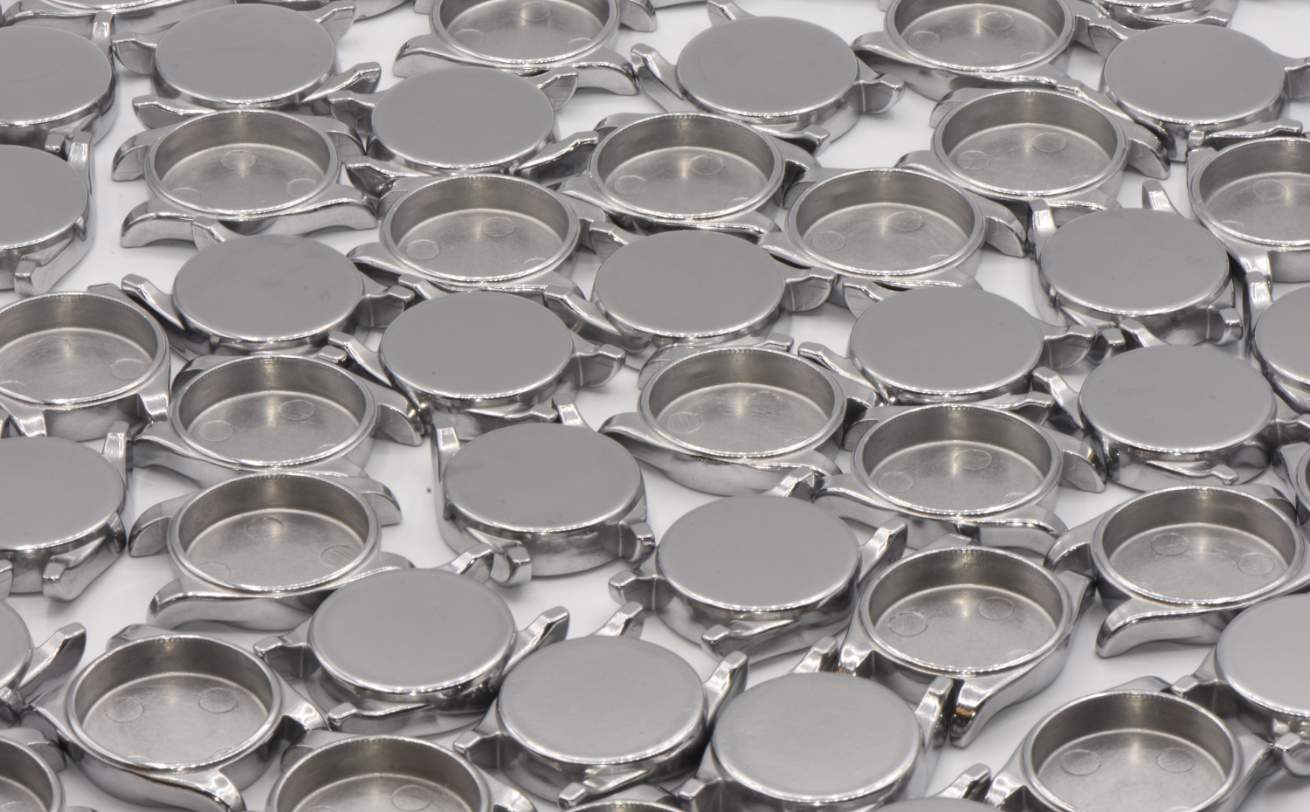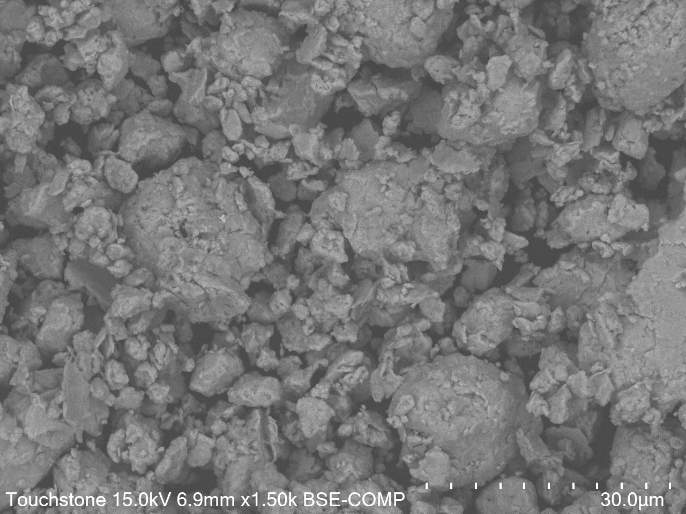
Introduction to Veloxint Nanocrystalline Chromium (VCr)
This system exhibits extraordinary corrosion resistance, even at high temperatures. Veloxint Nanocrystalline Chromium (VCr) exhibits phase separation sintering – a concept developed at MIT. With phase separation sintering, powdered metals will consolidate at lower temperatures and densify much better than traditional powdered metals.

MIT – Nano-Phase Separation Sintering
The core of Veloxint technology is commercial scale manufacture of nano-crystalline powders, derived from pre-alloyed or elemental raw materials, which are carefully chosen alloys (mixtures); binary, tertiary, quaternary, and beyond. At laboratory scales and employing extreme environments, almost any elemental mixture can be converted into a nanocrystalline alloy. Veloxint’s goal is to employ rigorous R&D and novel process engineering to develop stable, scale-able, useful, and commercially viable nano-crystalline alloy powders which are enabled by their nano-crystalline nature.
Manufacturing of nano-crystalline metal powders requires a lot of energy input, and that energy is stored in the grain boundaries, dislocations, and unstable mixtures of elements which were forced to mix against thermodynamic solubility. In short, you can’t produce Veloxint nanocrystalline alloys by melting and casting.
While the incredible material properties imparted to grain-stabilized nano-crystalline bulk metals through Hall-Petch relationships are not attainable with every combination of elements, carefully selected unstable mixtures can also demonstrate useful and novel behavior for processing powder into solid components.
When certain nano-crystalline grains are not stabilized thermodynamically or kinetically, a little bit of thermal energy goes a long way to allowing diffusion to occur, often times growing grains and enabling a densification process called sintering. In fact, in some nanocrystalline materials, even sitting at room temperature provides enough thermal energy to grow grains.
To take advantage of this behavior, select alloys are produced through the Veloxint methodology. They are intended to be so packed with potential energy that powder material systems which normally never fully densify from powder into bulk components through sintering at nominal pressures and elevated temperatures – a process called free-sintering – can actually be manufactured through a wide range of powder based processes.
What does this unique behavior, named nano-phase separation sintering by MIT researchers in 201X, enable? By starting from powder these exotic and functional alloys, which otherwise aren’t technologically accessible without expensive, small scale research apparatuses, can be additively manufactured (3D printed), metal injection molded, extruded, or pressed and sintered. These all represent economical, mature or maturing industrial scale methods to make parts with Veloxint powders with properties far beyond what’s available commercially today.

Park, M., Chookajorn, T., & Schuh, C. A. (2018). Nano-phase separation sintering in nanostructure-stable vs. bulk-stable alloys. Acta Materialia, 145, 123–133.

Applications
- Industrial Corrosion Resistant Applications
- Jewelry
- Medical Implants
- Chemical Processing
- Nickel Super Alloy Replacement
Powder Properties
- Media particle size 11 μm
- Tap density 4.0 g/cc
- Pycnometer Density 7.4 g/cc g/cc

Advantages
- Nanophase Separation Sintering
- Makes it densify extremely well
- Excellent Corrosion Resistance
- Non-Magnetic - includes no iron
| Mechanical Properties | Value Range*[unit] | |
|---|---|---|
| Tensile Yield Strength | 930 MPa | 135 ksi |
| Compressive Yield Strength | 1,875 MPa | 272 ksi |
| Young’s Modulus | 242 GPa | 35.1 Mpsi |
| Poisson’s Ratio | 0.24 | |
| Vickers Hardness | 400 HV | |
| Thermal & Electrical Properties | Value Range*[unit] | |
|---|---|---|
| Coef. of Thermal Expansion | 8.8 µm/m-°C | 4.9 µin/in-°F |
| Specific Heat | 0.46 J/g-K | 0.11 btu/lb-°F |
| Thermal Conductivity | 19.4 W/m-K | 11.2 btu/ft-hr-°F |
| Electrical Conductivity | 1.90E+06 S/m | 5.79E+05 S/ft |
Learn More About Our Processing Techniques
Typical Part Properties
| Physical Properties | Value Range* [unit] | |
|---|---|---|
| Density | 7.05 g/cm3 | 440 lb/ft3 |
| Mechanical Properties | ||
| Compressive Yield Strength (25°C)⁺ | 1,875 MPa | 272 ksi |
| Compressive Ultimate Strength (25°C)⁺ | 2,300 MPa | 333 ksi |
| Plastic Strain in Compression (%) | >10% | |
| Young’s Modulus | 242 GPa | 35, l 00 ksi |
| Poisson’s Ratio | 0.24 | |
| Shear Modulus | 98 GPa | 14,200 ksi |
| Vickers Hardness (HV1 )⁺ | 350 | |
| Thermal & Electrical Properties | ||
| Coef. of Thermal Expansion (30-300°C) | 8.8 µm/m-°C | 4.9 µin/in-°F |
| Specific Heat - 25°C | 0.46 J/g-K | 0.11 btu/lb-°F |
| Specific Heat - 1200°C | 0.8 J/g-K | 0.19 btu/lb-°F |
| Thermal Conductivity - 25°C | 19.4 W/m-K | 11.2 btu/ft-hr-°F |
| Thermal Conductivity - 1200°C | 27.8 W/m-K | 16.1 btu/ft-hr-°F |
| Electrical Conductivity - 25°C | 1.90E+06 S/m | 5.79E+05 S/ft |
| Chemical Corrosion & Wear Properties | ||
| ASTM G28A Boiling Sulfuric Acid | 0 mm/yr | 0 in/yr |
| ASTM B117 Salt Spray | No Corrosion, 96 hrs | |
| EN 1811 Nickel Release | Compliant | |
| ASTM G65A Volume Loss | 48.85 mm3 | 0.003 in3 |
- Manufacturing Method Dependent⁺
